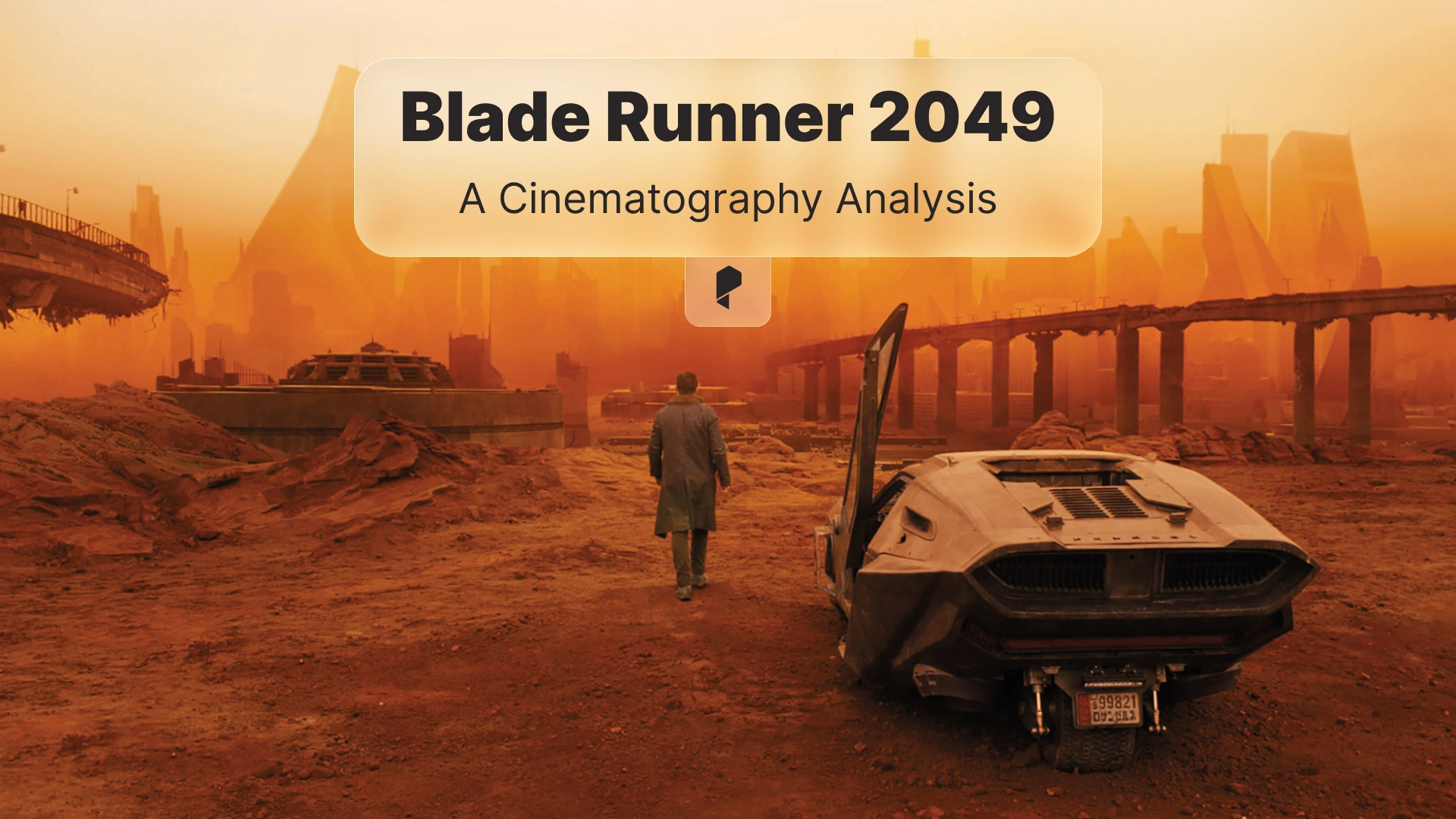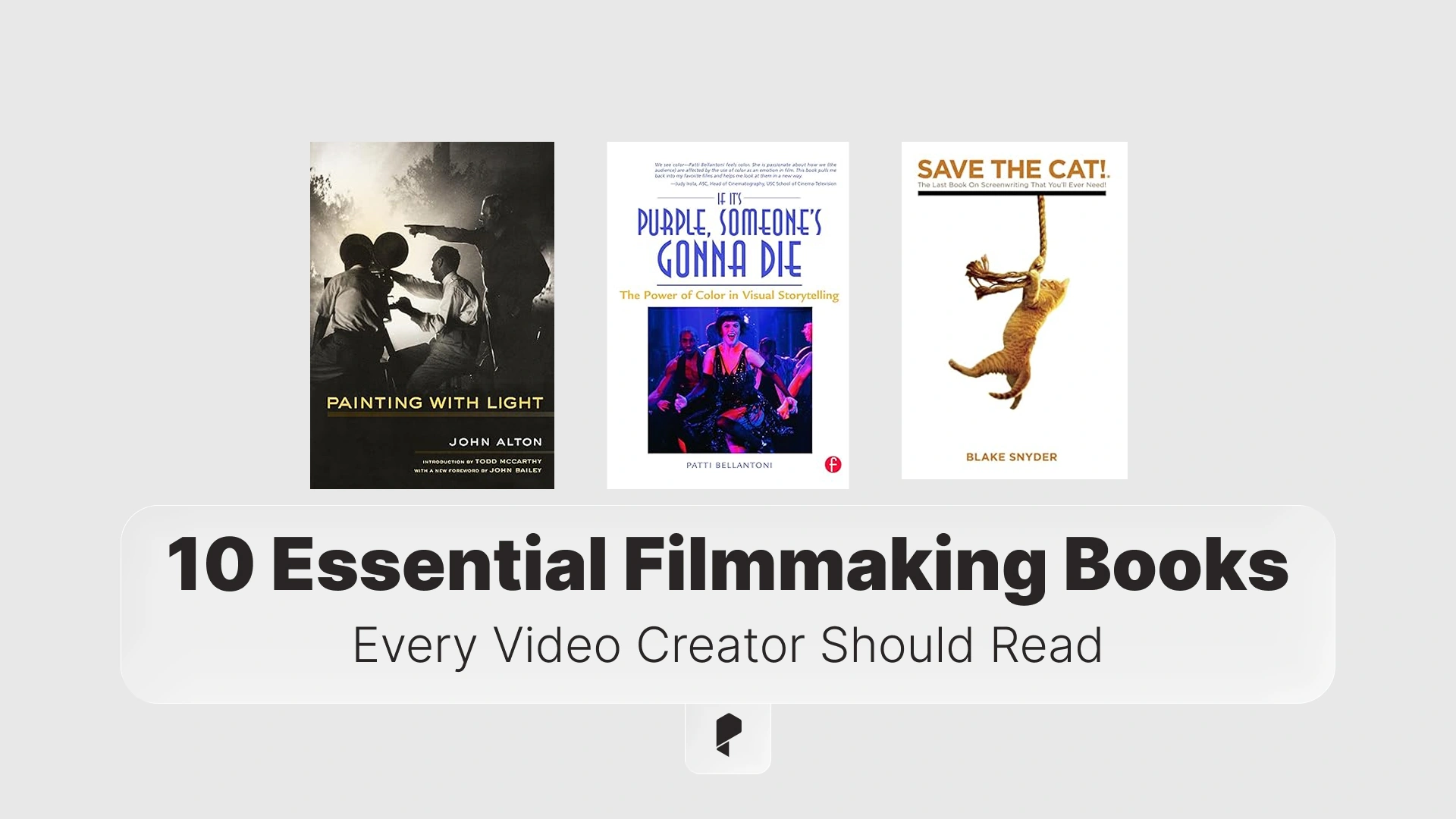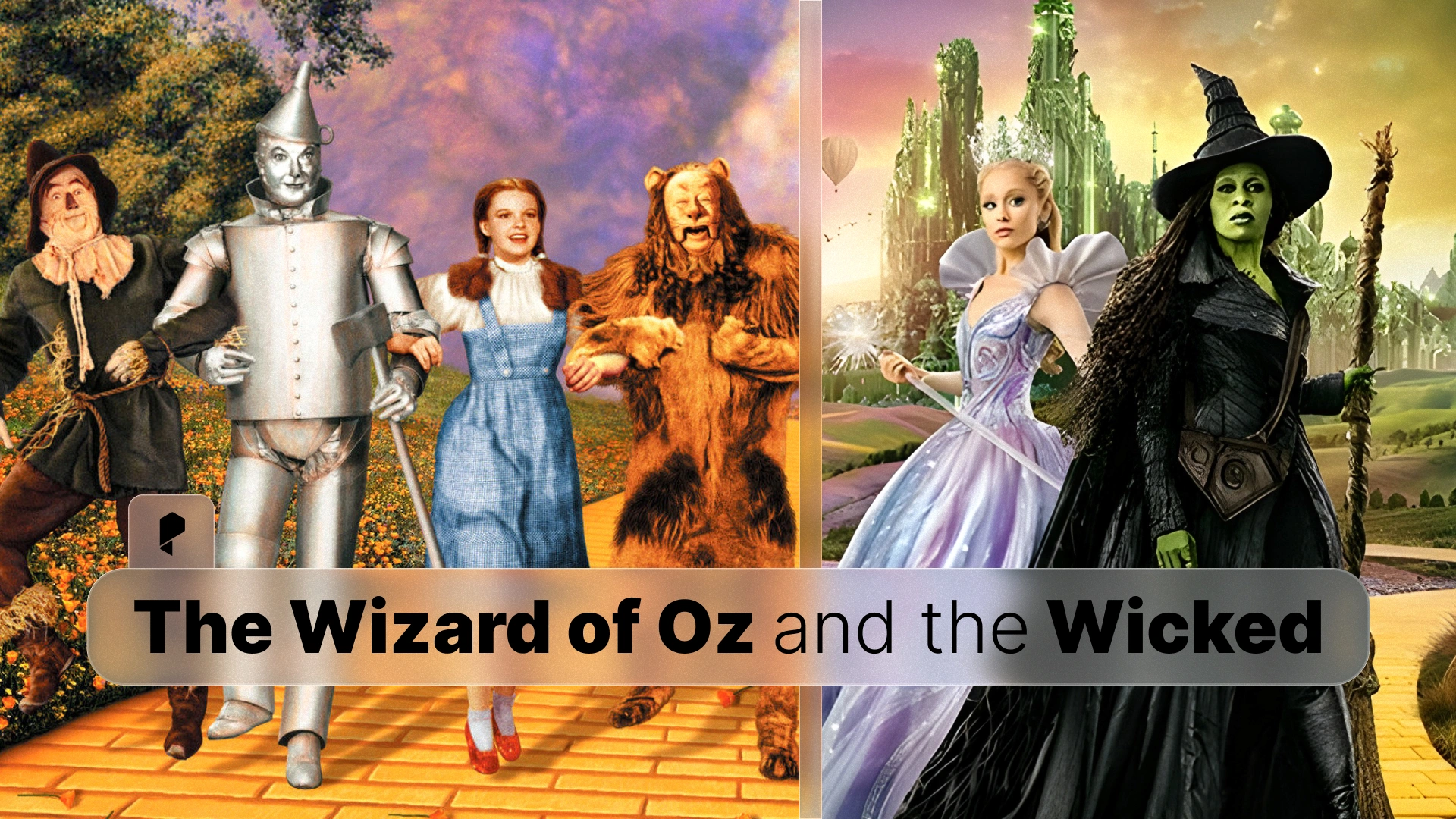Master Shot in Cinematography: The Ultimate Guide for Filmmakers

What is a Master Shot in Film?
Filmmakers use master shots to establish the setting, characters, and movement within a scene. It is a fundamental technique that ensures fluid storytelling while providing flexibility in the editing process.
For a deeper understanding of camera shots, frames, and sizes, check out this comprehensive guide.
Why Use a Master Shot?
- Continuity and Cohesion: A master shot helps maintain visual and narrative continuity, ensuring that all action occurs within the same spatial and temporal context.
- Versatility in Editing: Editors can cut to close-ups or reaction shots while always having the master shot as a reliable reference.
- Efficient Scene Coverage: Using a well-planned master shot allows for fewer takes and camera setups, saving time and resources on set.
- Enhanced Storytelling: A carefully composed master shot can build tension, emphasize relationships, and immerse the audience in the film’s atmosphere.
How to Use a Master Shot: Techniques & Composition
- Choose the Right Lens and Framing: Wide-angle lenses are often preferred to encompass all characters and actions in a single frame.
- Plan the Blocking and Movement: Position actors and props strategically to ensure dynamic movement and clear visual storytelling.
- Use Camera Motion Wisely: Depending on the scene’s needs, consider employing dolly moves, steady cam shots, or subtle pans to enhance engagement.
- Optimize Lighting for Long Takes: Ensure that lighting setups accommodate the entire scene without the need for constant adjustments.
Shoot Multiple Takes for Safety: Even with a well-executed master shot, capturing additional takes can provide valuable flexibility in the editing room.
Enhance your cinematic compositions with professional-grade framing tools—check out Letterbox Film Frames to elevate your visuals.
Master Shot vs. Close Shot Sizes: Key Differences
- Master Shot vs. Medium Shot: A master shot establishes an entire scene, while a medium shot narrows the focus to characters from the waist up, often used for dialogue-heavy moments.
- Master Shot vs. Close-Up: A close-up focuses on facial expressions and emotions, capturing finer details that a master shot might not emphasize.
- Master Shot vs. Extreme Close-Up: Extreme close-ups highlight specific details, such as eyes or hands, to intensify emotion and drama in a scene.
Best Examples of Master Shots in Film History
- “Children of Men” (2006): Alfonso Cuarón’s masterful long takes create tension and realism in this dystopian thriller.
- “The Shining” (1980): Stanley Kubrick’s use of the Steadicam in master shots enhances the unsettling atmosphere of the Overlook Hotel.
- “Goodfellas” (1990): Martin Scorsese’s famous Copacabana tracking shot exemplifies the power of an uninterrupted master shot.
Pro Tips for Using Master Shots in Your Filmmaking
- Rehearse Extensively: Since master shots often involve long takes, actors and camera operators must be well-rehearsed.
- Utilize Depth and Layers: Incorporating background and foreground elements adds visual interest and depth to a master shot.
- Think About Editing Flexibility: While a master shot covers the scene in one take, filmmakers should still plan for potential cutaways and insert shots if needed.
- Balance Movement and Stillness: Too much movement can be distracting, while too little may make the shot feel static—find the right balance for your scene.
Common Mistakes to Avoid When Using Master Shots
- Poorly Planned Blocking: If actors’ movements are not well thought out, the scene can appear cluttered and unorganized.
- Overcomplicating Camera Movements: While movement adds dynamism, too much complexity can make the shot overwhelming.
- Ignoring Sound Design: Since master shots capture long takes, background noise and dialogue clarity should be carefully managed.
- Not Considering the Editing Process: A master shot should be filmed with potential edits in mind, ensuring seamless integration with other shots if needed.
How Master Shots Shape Cinematic Language
- Building Immersion: Long takes keep audiences engaged by maintaining an uninterrupted flow of action.
- Establishing Power Dynamics: The placement of characters within a master shot can communicate relationships and conflicts.
- Enhancing Realism: Master shots mimic real-world observation, creating a sense of authenticity in storytelling.
Conclusion
With practice and thoughtful execution, master shots can become a powerful component of any filmmaker’s visual storytelling arsenal.
Disclaimer : If you buy something through our links, we may earn an affiliate commission or have a sponsored relationship with the brand, at no cost to you. We recommend only products we genuinely like. Thank you so much.





